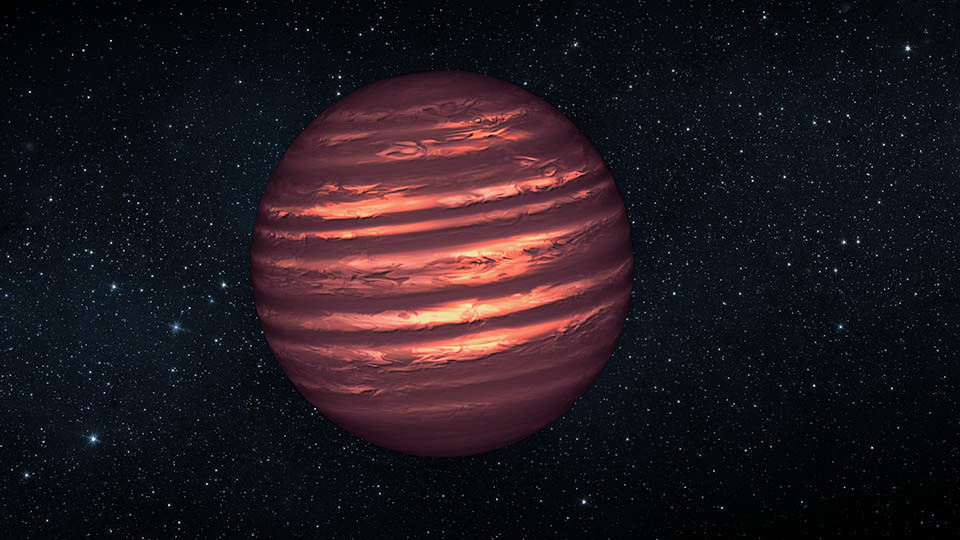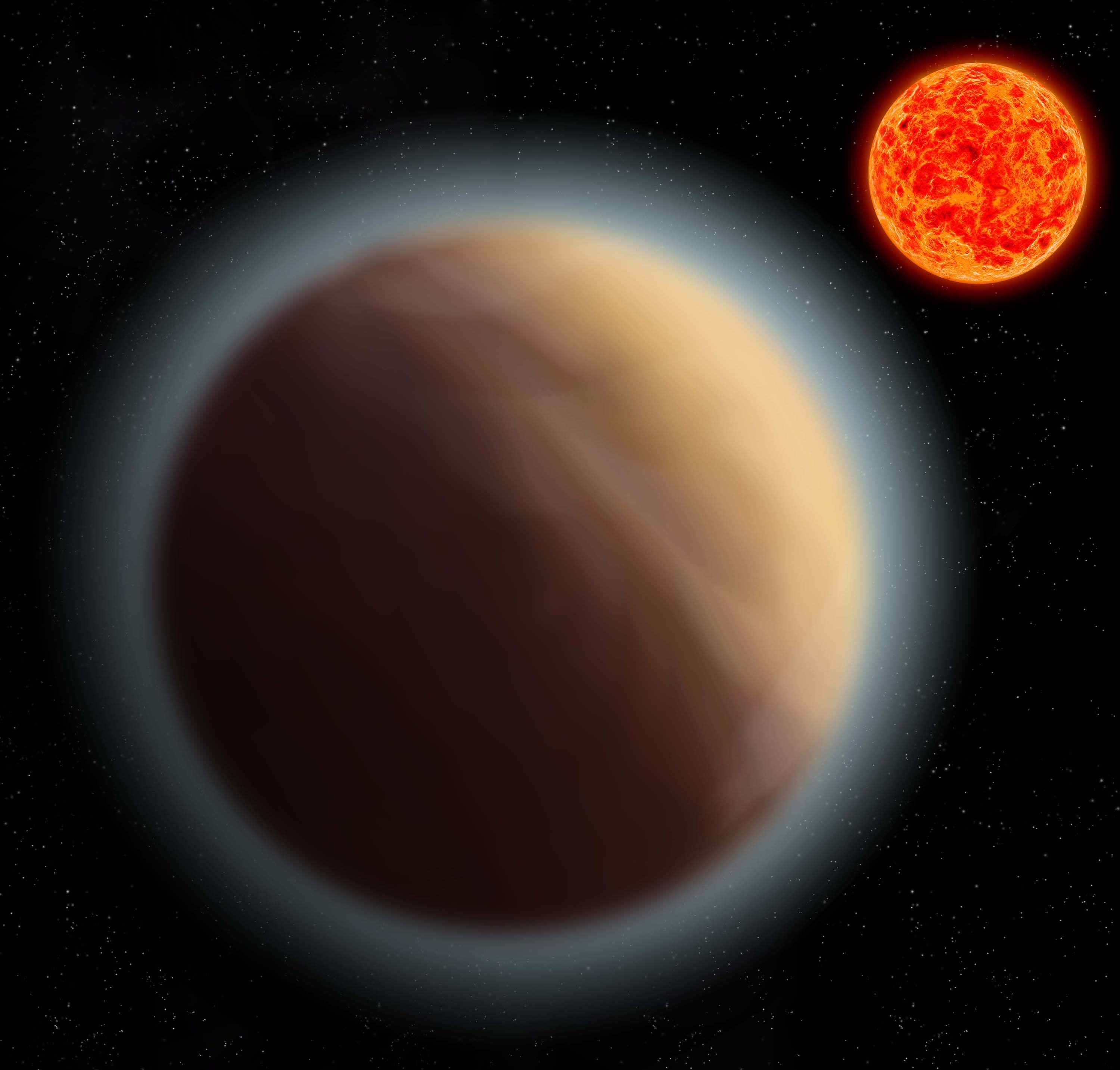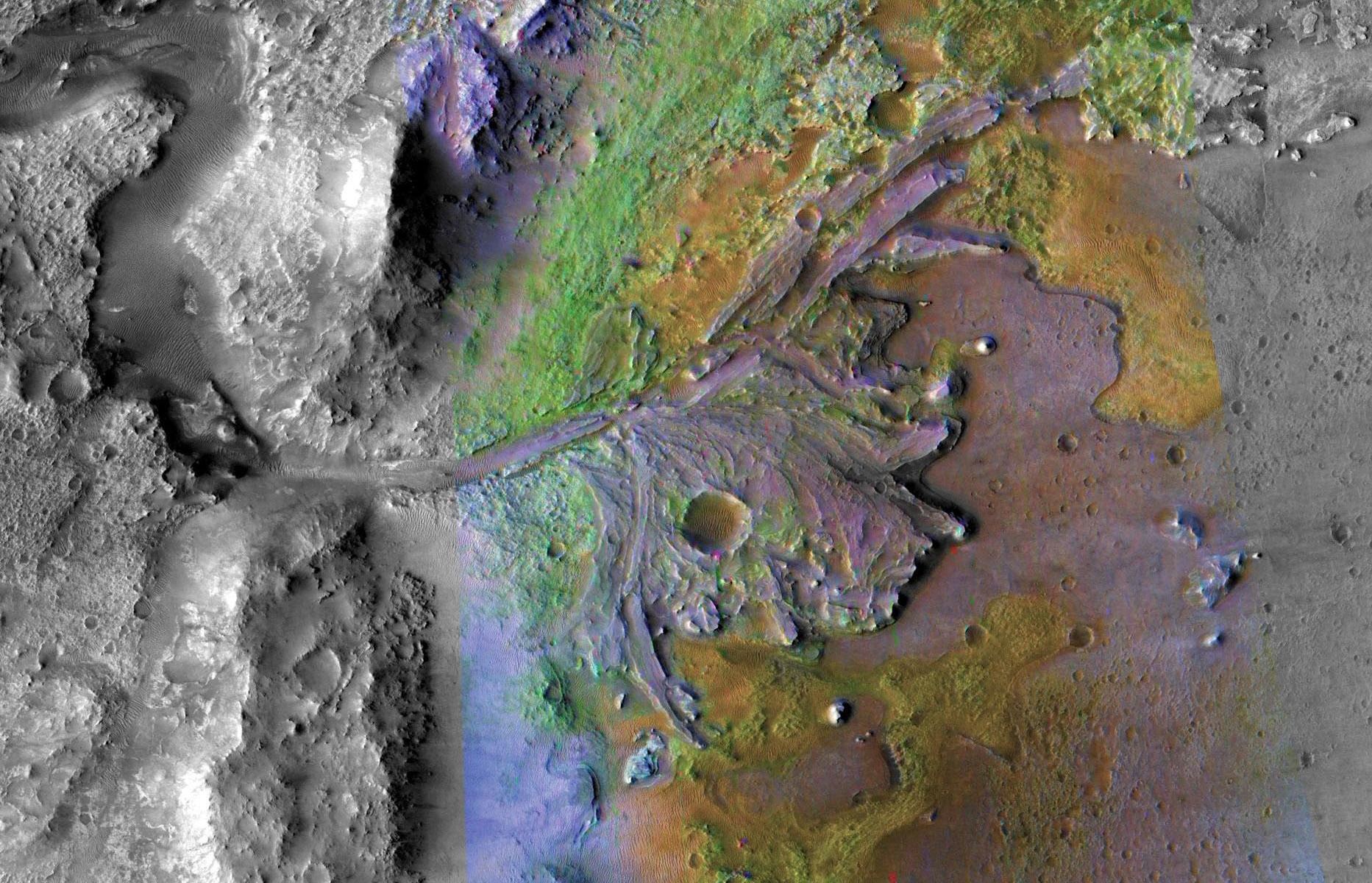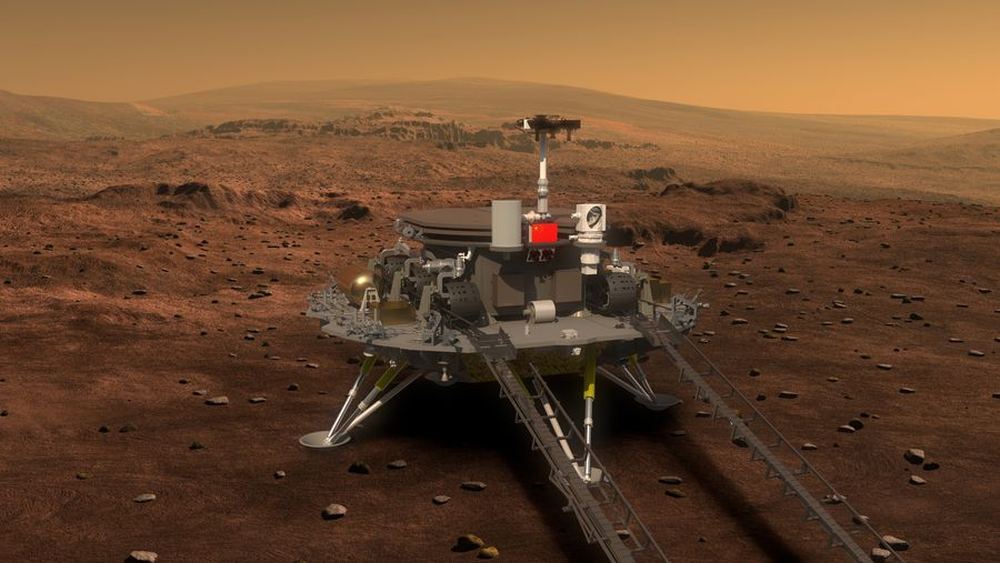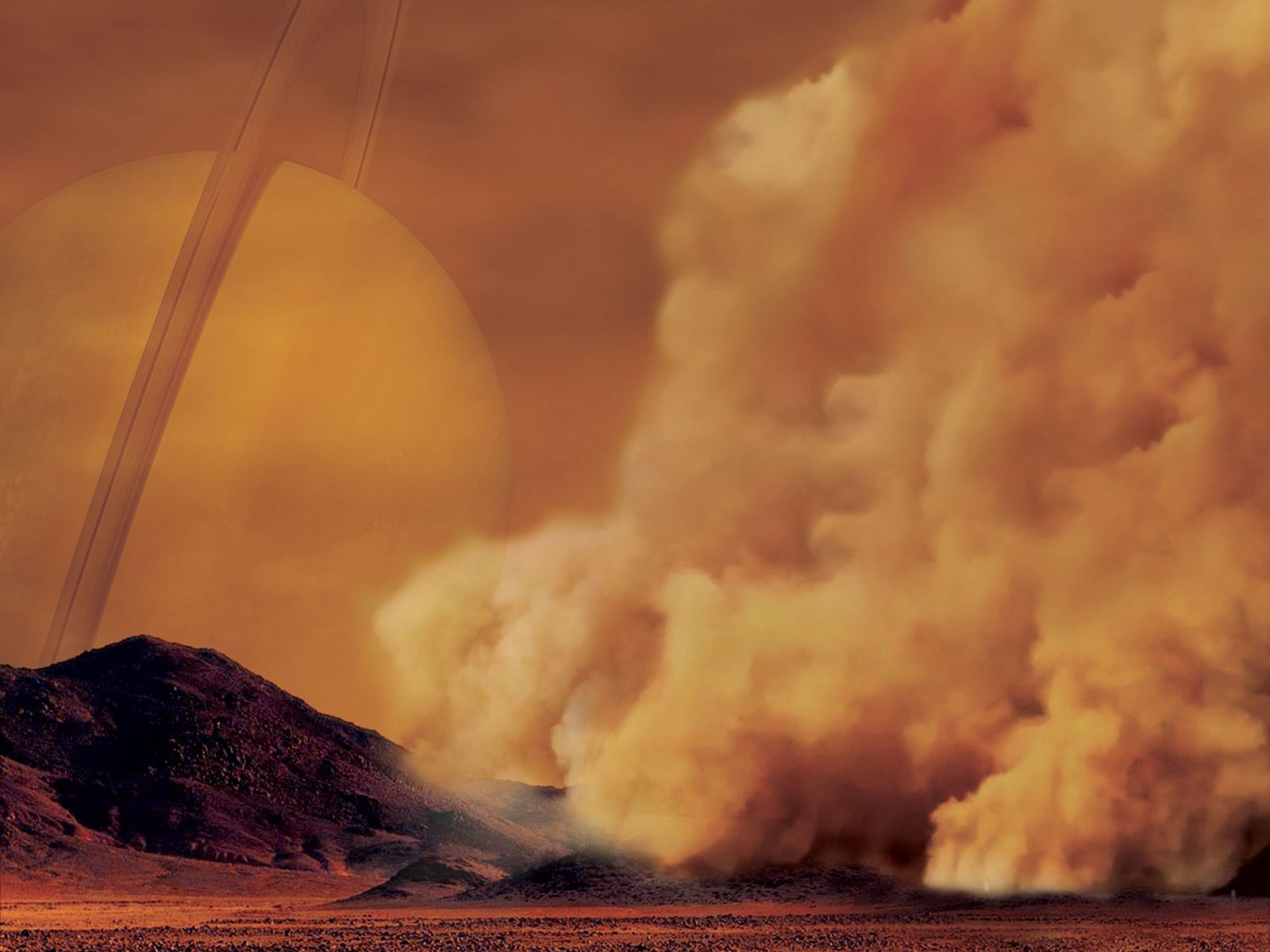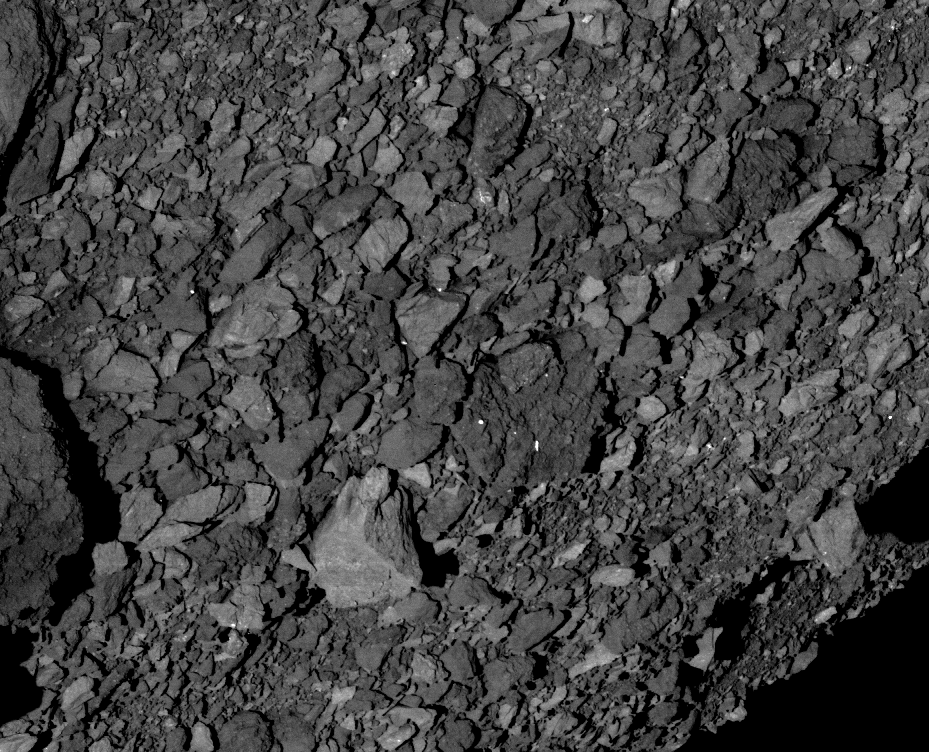Ten months in space!
The Planetary Society’s LightSail 2 spacecraft just reached that milestone. And the fine folks at the Society have released a bunch of new pictures from the spacecraft. Ten of them, in fact. One for each successful month.
Continue reading “New Photos From LightSail 2”

